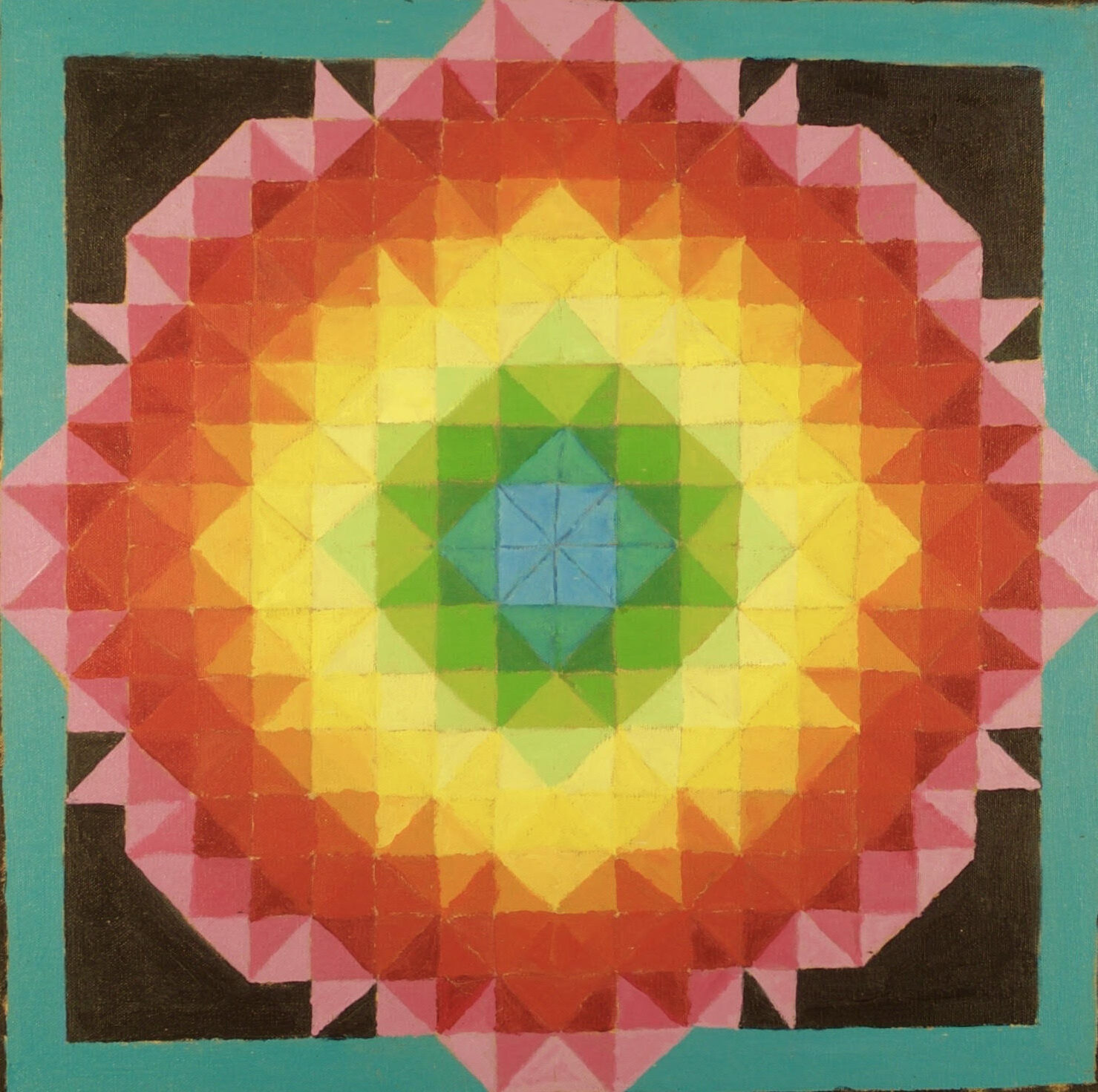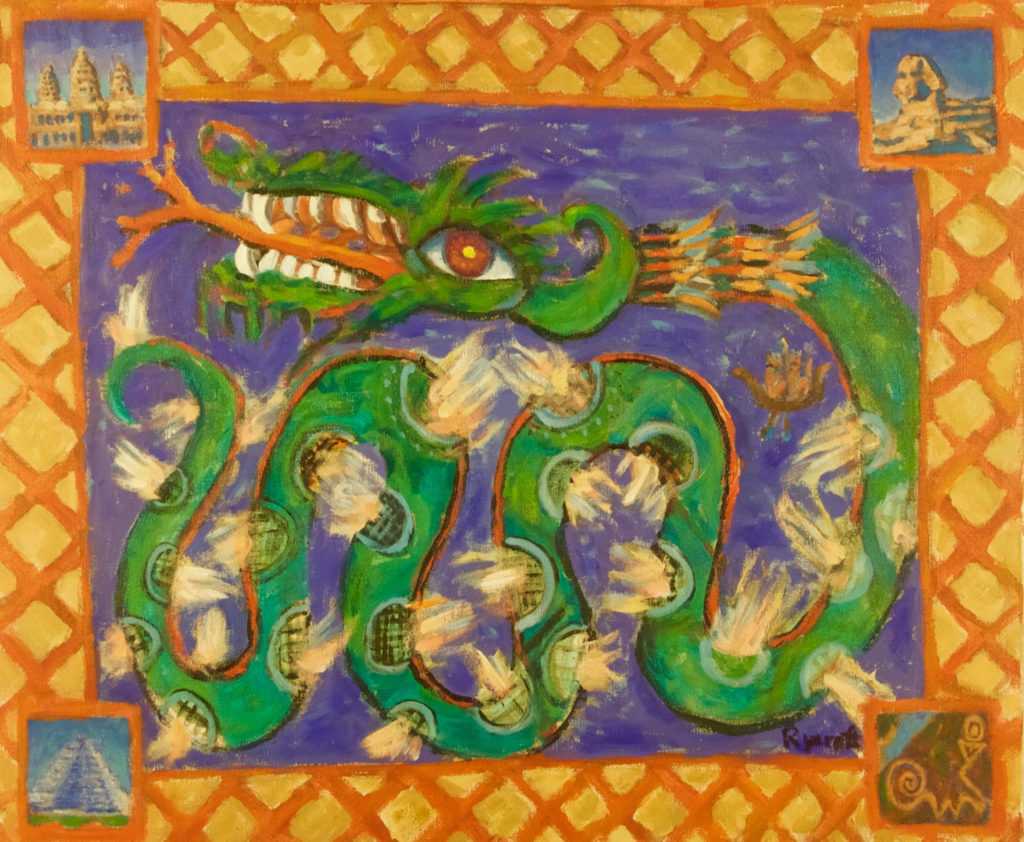HOW TO UNDERSTAND ANCIENT EGYPTIAN MYTHOLOGY
It has been said that Ancient Egypt sounds a lot like religion. I think it is religion that sounds a lot like Ancient Egypt! The Egyptians were building on the Nile long before any organized religion.
The first problem comes with the Egyptian word for neter (ntr), which the early Egyptologists translated as ‘god’. But today they all agree that these ‘neteru’ should be translated as ‘the forces of nature’. This is science. The Sun is a force of nature. Men are also forces of nature.
‘The gods’ are the forces of nature
MUMMIFICATION OR STASIS?
Egyptologists also agree that Osiris, the first man to be put in a sarcophagus, is never actually pronounced dead until much later when Isis finds him and opens the box. In the Pyramid Texts, the king is said to be sleeping, not dead. He is actually in a state of suspended animation, stasis. His organs are being protected by forces set on cardinal positions. He is protected for the dangerous journey into the dark underworld.
The man in the box is alive.
DUALISM and SYMBOLISM
In Cairo, the first thing our Egyptologist guide told is that ancient Egypt is about dualism: chaos and order, good and evil. For instance, the Nile River is a parallel for the hidden river in the sky. Dualism pervades Egyptian thought.
ANIMALISM
The Egyptians used the characteristics of a specific animal to demonstrate an aspect of a force of nature. Animalism is used in Egyptian art by putting an animal’s head on a human body, eg. Horus, the King, wears a falcon head because the falcon is the king of the sky. No matter who reads these texts, there will always be the animals and their characteristics to tell the story of the forces of nature.






